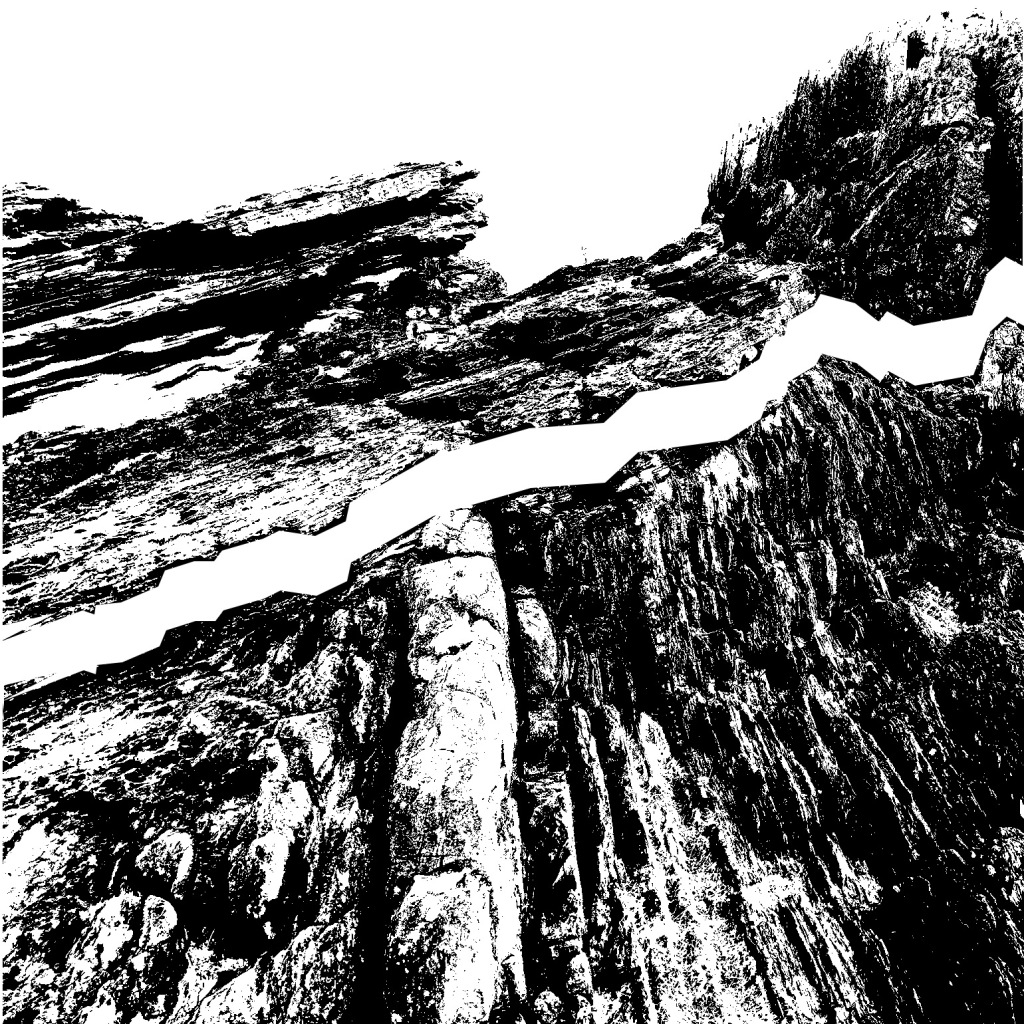This famous saying by James Hutton (1726-97) is the theme of my latest glass work currently on show in Glasgow as part of the Scottish Glass Society annual exhibition – National Icons.

James Hutton was a Scottish geologist, naturalist and physician (and disgraced cleric) among other things, and is often referred to as the father of modern geology. He played a key role in establishing geology as a modern science.
Through studying features of landscape and coastline in his native Scottish lowlands such as Salisbury Craigs in Edinburgh and Siccar Point on the East Coast of Berwickshire, he developed the theory that geological features could not be static but went through continuous transformation over indefinitely long periods of time.
At Siccar Point, Hutton found the proof for his theory of angular unconformity in an outcrop of land which revealed two contrasting directions of rock which must have been deposited over time. I have depicted the famous rock formation at Siccar Point with a gash along the line of unconformity, into which I have inserted his famous quote.

Around the main screen-printed image is a border of screen-printed images taken at Powillimount Beach near where I live in Dumfries and Galloway. The rocks poking up through and deposited on the sand on the beach were formed 340 million years ago, known as the carboniferous period, when the climate was warm and wet. (It still is a relatively warm and wet part of Scotland today). Layers of different sediments are now sandstones, limestones and mudstones. The past is there to clearly see for the educated eye!

The SGS exhibition National Icons is on until 21st september at The Trades House of Glasgow, 85 Glassford Street, Glasgow G1. There are 26 different artists’ work on display.
Congratulations on getting this work into the Scottish Glass Society annual exhibition, where I’m sure it will attract comment. I enjoy its icon-making use of high-contrast photography, its evocation of deep time in the sea-blue and volcanic glows of the border, and the way that the statement comes to refer to more than geological time.
LikeLiked by 1 person
Thanks as ever James. I’m still trying to understand what the quote could mean for us now in its reversal of the expected way of seeing the world… In terms of the state of the the globe now, it seems quite radical to link the present to the past as we’re conditioned to always think of the (troubled) future as most relevant to us.
Interestingly John Ruskin was painting pictures of the Alps and taking dauerrotypes of the Matterhorn in 1845, inspired by JMW Turner, but by the 1870s he was seeing the effects of human erosion from tourism and melting glaciers from global warming. So our present goes back a long way into the past!
LikeLike